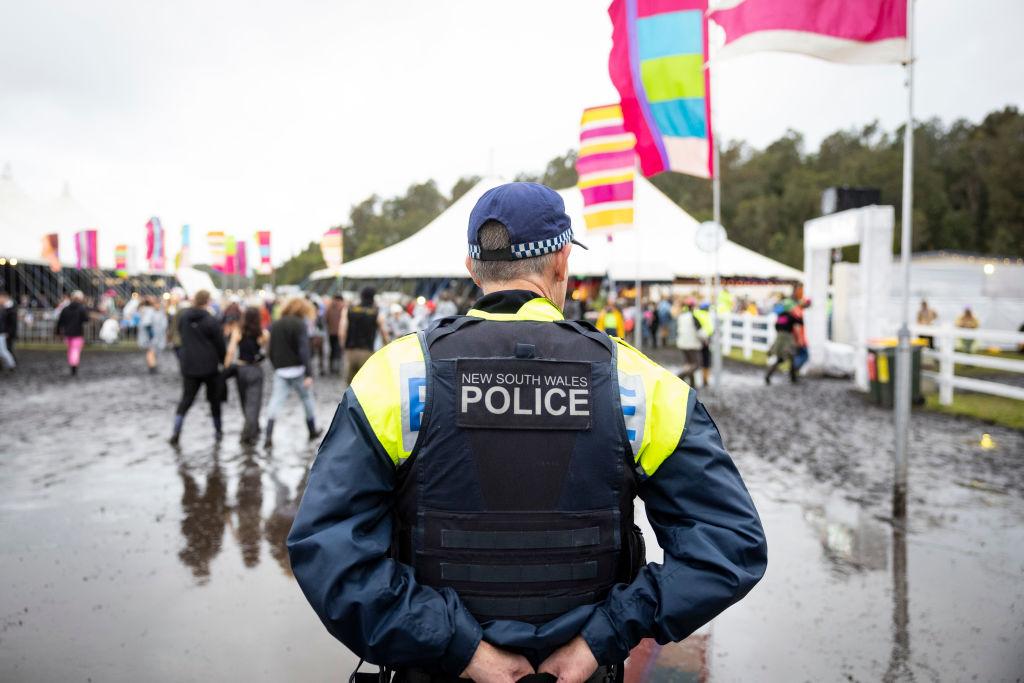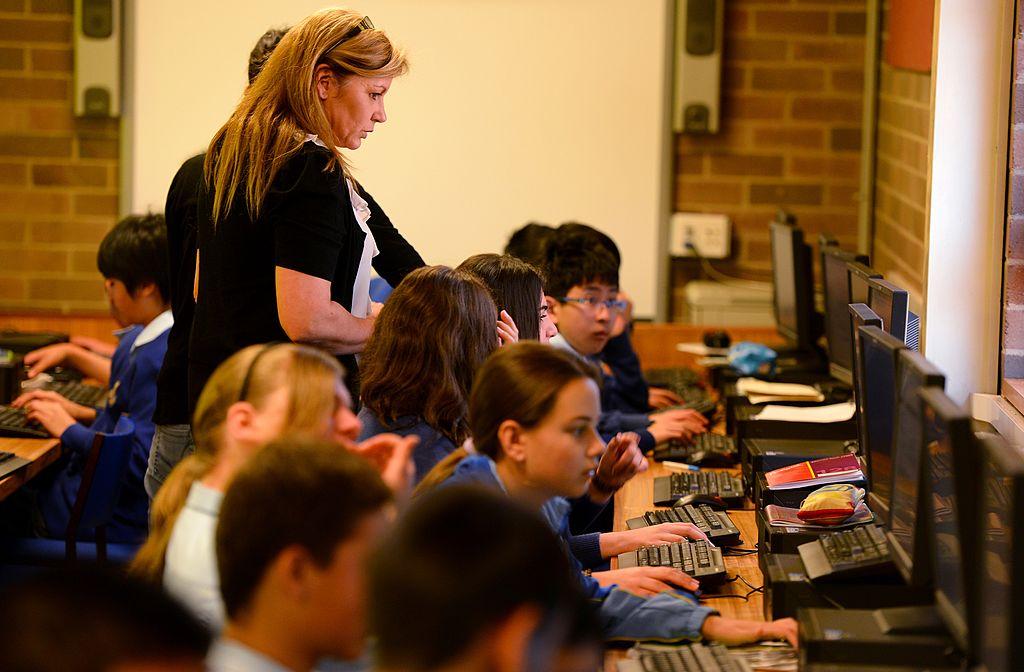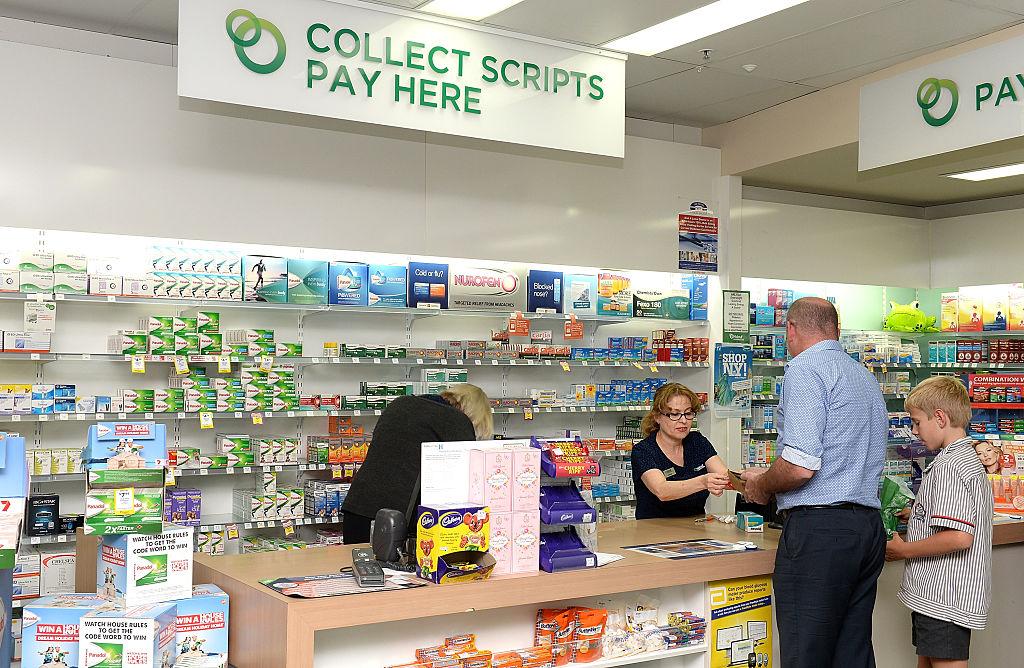Regional Victoria saw the largest job increase across Australia last month with 7,300 people finding employment, resulting in the lowest unemployment rate nationwide at 3.5 percent.
It brings the total number of employed people in regional Victoria to 821,800, according to government figures.





